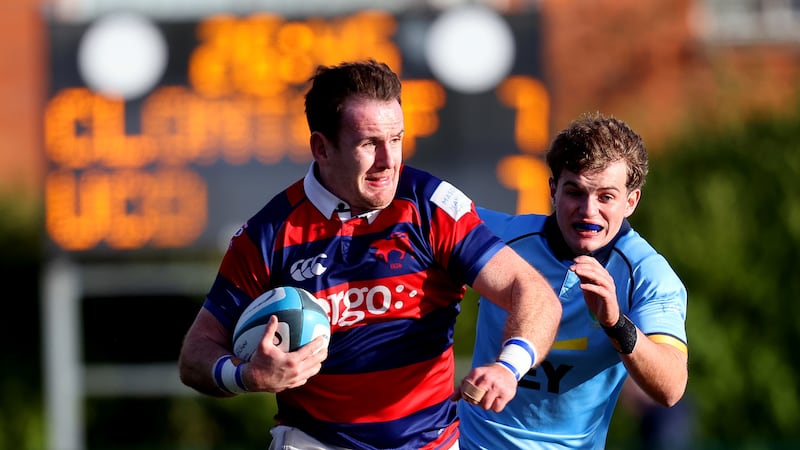Six Nations analysis: Wales proud of defence but offer no blueprint for Ireland’s rivals
Visitors passive at breakdown and failed to complement this with sufficient aggressive line-speed; England will offer a different threat

Join The Irish Times on WhatsApp and stay up to date
What’s making headlines in the rugby world? Listen to The Counter Ruck podcast with Nathan Johns
Sign up for The Counter Ruck rugby digest to read Gerry Thornley’s weekly view from the press box














